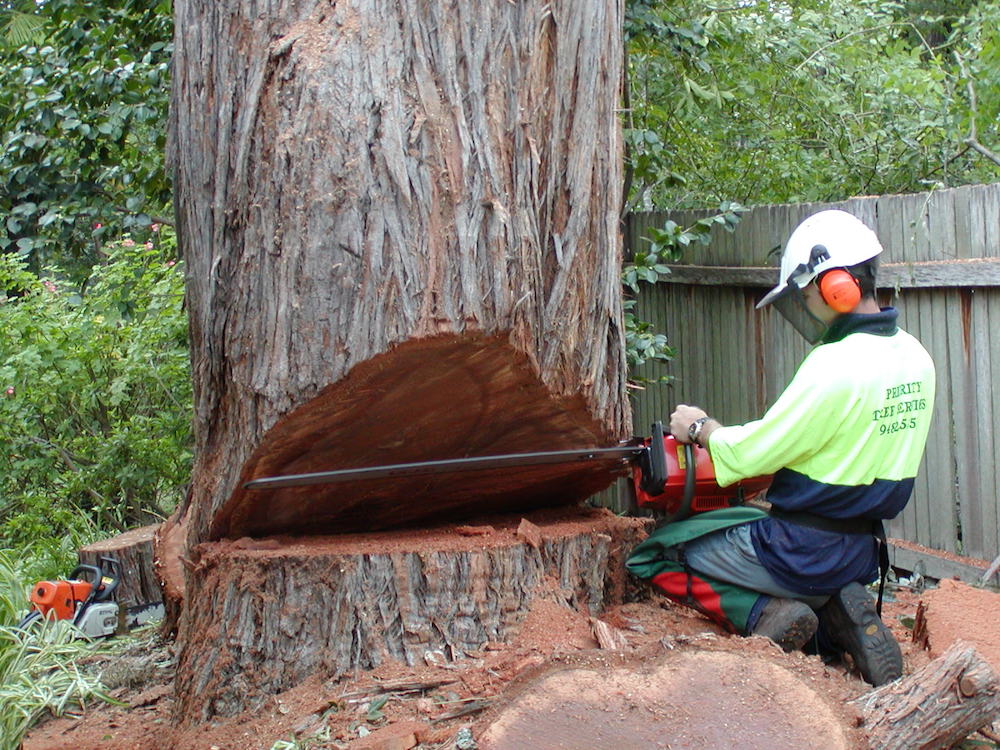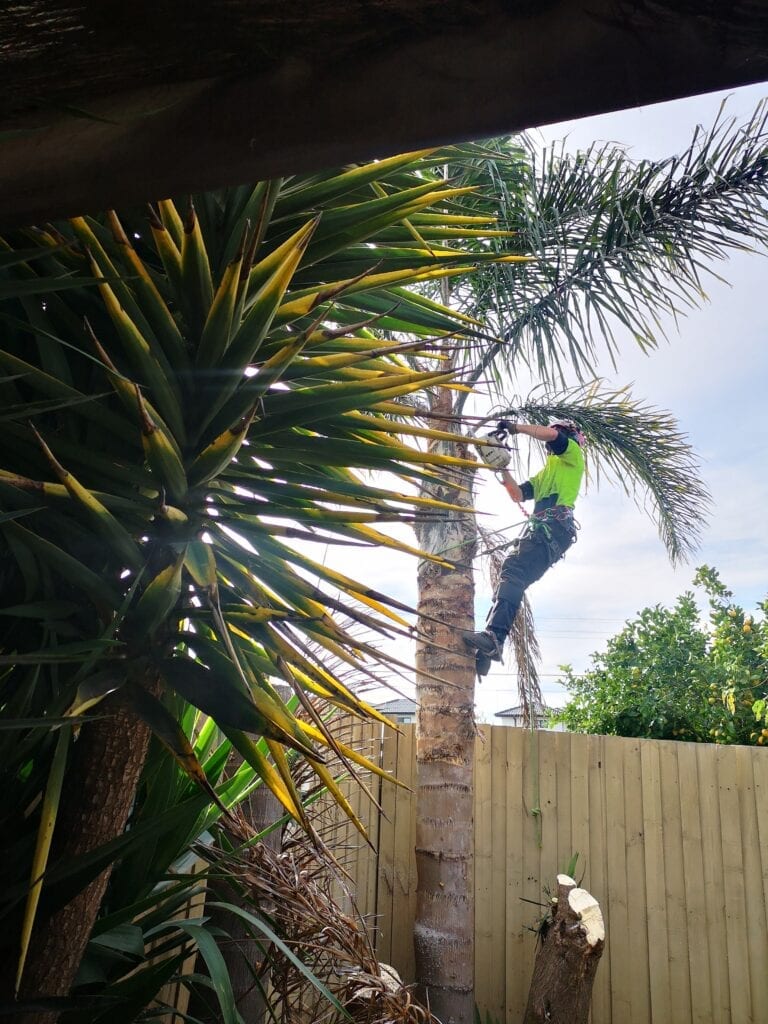All Categories
Featured
The elimination of trees can develop open rooms that are vulnerable to weed invasion. When trees exist, their dense canopies frequently shade the ground, restricting the amount of sunshine that reaches the soil. After the removal of trees, these open areas receive increased sunlight, supplying ideal problems for weed growth.
They may suggest the usage of compost, which acts as a protective obstacle on the soil surface area, stopping weed seeds from sprouting and subduing weed development.

The existence of trees cultivates an abundant and diverse neighborhood of soil microbes. Tree roots provide a resource of natural matter, exudates, and nutrients that support the development and task of beneficial dirt microbes. When trees are removed, the absence of their roots can interfere with the fragile balance of the dirt's microbial community.
What Is The Best Arborist Wollongong?
This change in pH can impact nutrition availability, microbial task, and overall dirt health and wellness. To resolve the results of tree reducing on dirt pH, tree elimination specialists can supply useful suggestions. They might advise soil testing to evaluate the existing pH levels and identify the needed adjustments. Based on the results, experts can suggest pH adjustment approaches, such as including lime to increase dirt pH or incorporating essential sulfur to decrease it.

It describes the compression of soil bits, leading to lowered pore room and boosted soil thickness. This compaction can adversely influence the dirt's capacity to operate ideally, impacting its water-holding ability, nutrient accessibility, and root penetration. Appropriate techniques utilized by tree elimination experts can help lessen compaction and maintain the soil's capability to maintain water, and enable ample air movement and cautious tools handling.
Latest Posts
How Do I Find A Stump Removal Wollongong Service?
What Is The Best Tree Removal Wollongong Area Service In My Area?
How Much Does It Cost To Have A Palm Tree Removal Wollongong?